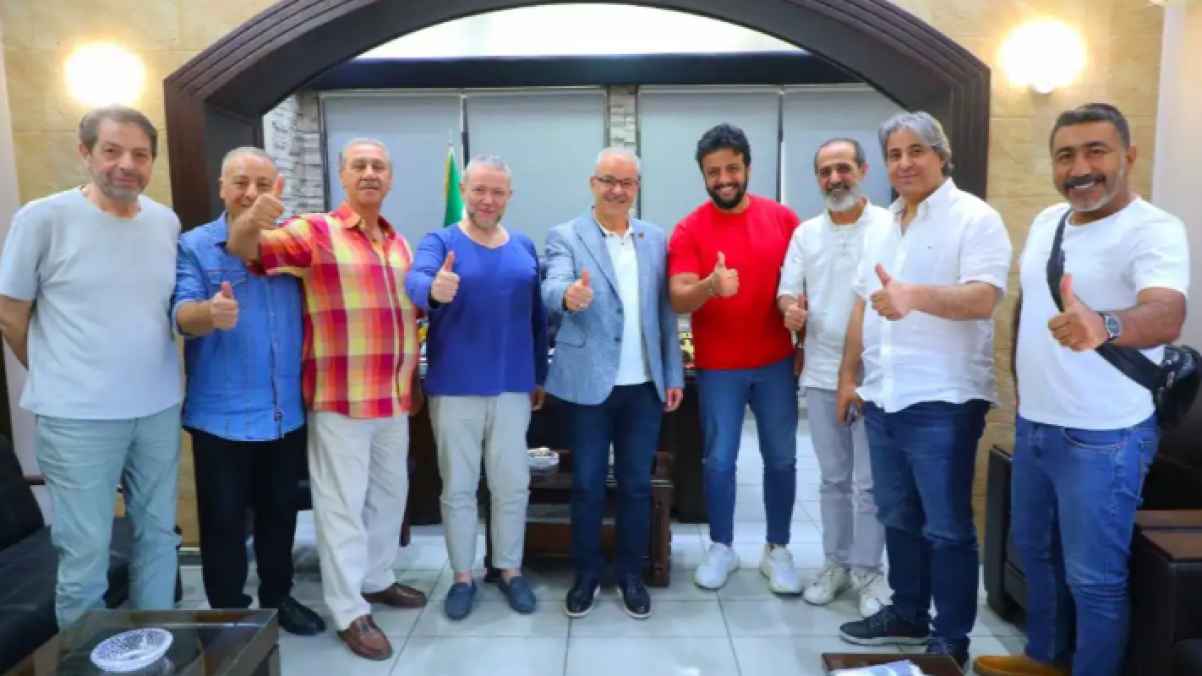After the division… The Syrian Artists’ Syndicate regains its shine with a remarkable move

In recent days, the Syrian artistic scene has witnessed an exceptional event, as large numbers of actors, directors, technicians, and professionals from various dramatic and musical fields flocked to the headquarters of the Artists’ Syndicate. It marked the first gathering of its kind since the years of war and the political and administrative divisions that once separated them.
This unprecedented step in the history of the syndicate, led by Mazen Al-Natour, came after the launch of its largest-ever membership drive. For the first time, the initiative opened its doors to all professionals in the artistic and dramatic fields, regardless of age—after previous regulations had long deprived a wide segment of musicians and artists of membership.
Professional Evaluations Applicants included directors, assistants, cinematographers, production managers, singers, and musicians, all of whom are required to undergo professional assessments overseen by specialized committees. These committees include prominent artists—some returning to the spotlight after years of absence, and others known for their controversial political stances during the war—such as Jiana Eid, Laith Al-Mufti, Wael Zidan, Jihad Abdo, and director Al-Muthanna Sobeh.
Despite the lingering divisions within the artistic community after the fall of Assad’s regime in December, the syndicate has succeeded in attracting a wide spectrum of artists with diverse affiliations. This was particularly bolstered by recent reformist steps, such as retracting its controversial new logo and replacing it with one chosen through a public competition, in addition to publicly celebrating the recognition of Ayman Zidan and other prominent figures—setting aside their former political labels.
A Step Toward Justice for Artists The syndicate affirms that its membership process is now based solely on professional merit, in a step aimed at restoring fairness to artists who were previously excluded, while also working to improve their living and artistic conditions.
This move is widely viewed as an attempt to rebuild Syria’s dramatic, cultural, and artistic landscape after years of war, economic collapse, and the sharp decline in artistic production.
